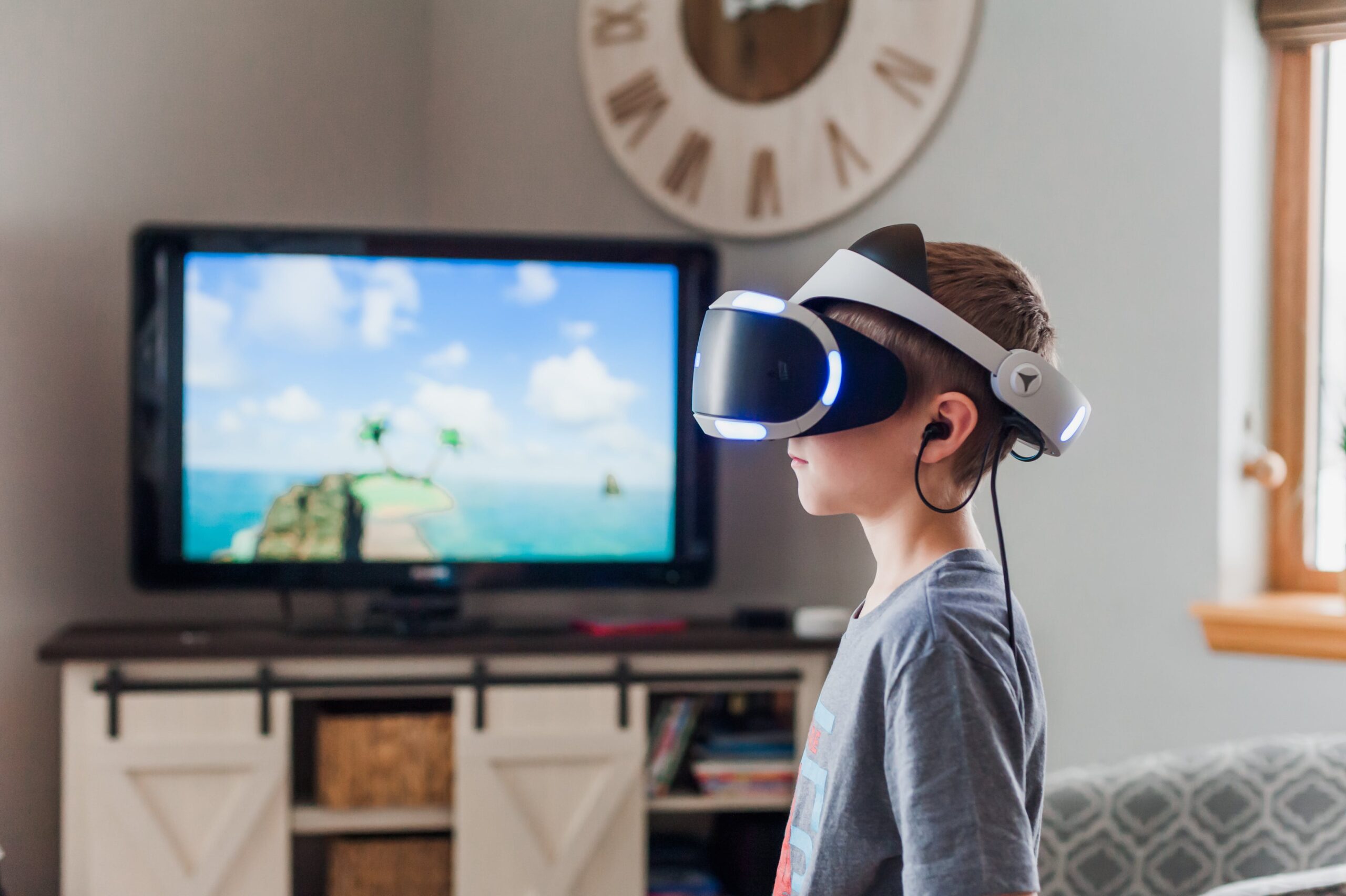
In the realm of technological innovation, the integration of Augmented Reality (AR) in Windows app development is reshaping the user experience landscape.
Augmented Reality seamlessly blends the digital and physical worlds, and research statistics indicate a steady rise in AR adoption, with the AR market expected to reach $70.01 billion by 2023.
This blog explores the transformative impact of integrating Augmented Reality into Windows applications, offering users a dynamic and immersive interaction that goes beyond traditional interfaces.
Augmented Reality in Windows app development opens up a realm of possibilities for creating interactive and engaging user experiences. By overlaying digital information onto the physical world, AR enhances the way users interact with applications, making them more intuitive, immersive, and visually compelling.
Enhanced Visualizations:
Augmented Reality enables developers to create visually stunning and interactive elements within Windows applications. Whether it’s visualizing product designs, navigating 3D models, or enhancing data presentations, AR brings a new dimension to visualizations, making them more engaging and informative.
Immersive Gaming Experiences:
The integration of Augmented Reality in Windows games takes gaming experiences to a whole new level. Users can engage with their physical surroundings while interacting with digital game elements, creating a more immersive and dynamic gameplay environment.
Virtual Try-Ons for Retail Apps:
Retail applications can leverage AR for virtual try-on experiences. Users can visualize how products like clothing, accessories, or furniture look in their physical space before making a purchase decision. This not only enhances the shopping experience but also reduces the likelihood of returns.
Spatial Navigation and Wayfinding:
AR aids in spatial navigation and wayfinding within Windows applications. Whether it’s providing AR-based navigation instructions in indoor spaces or overlaying directional information onto maps, this technology improves the efficiency and user-friendliness of navigation systems.
Training Simulations and Educational Apps:
Augmented Reality is a valuable tool for creating realistic training simulations and educational content. Windows applications can use AR to simulate hands-on training scenarios or provide interactive educational experiences, enhancing the learning process for users.
Real-Time Data Visualization:
Windows apps can leverage AR for real-time data visualization. Whether displaying live analytics, IoT data, or other dynamic information, AR transforms data presentation into a more interactive and comprehensible format, enhancing the decision-making process.
Collaborative Experiences:
AR in Windows apps fosters collaborative experiences by allowing multiple users to interact with the same augmented environment simultaneously. This is particularly beneficial in business and educational applications, where collaborative efforts are crucial.
Conclusion:
In the evolving landscape of Windows app development, the integration of Augmented Reality stands as a gateway to enriched user experiences. At Coding Brains, our software development company is at the forefront of innovation, incorporating AR to create immersive and interactive applications. As technology continues to advance, we remain dedicated to pushing the boundaries of possibility, ensuring that our clients’ Windows applications provide cutting-edge experiences that captivate and delight users.


Leave a Reply